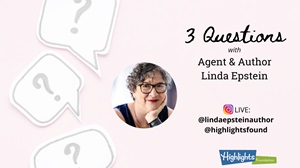 We’d like to thank Swoon Reads editor Kat Brzozowski for this blog post–it was originally posted on the Swoon Reads blog. Thanks, Kat, for letting us share it!
We’d like to thank Swoon Reads editor Kat Brzozowski for this blog post–it was originally posted on the Swoon Reads blog. Thanks, Kat, for letting us share it!
Want to catch an editor’s eye? This blog post, which I wrote for the Swoon Reads blog, will help you do just that.
I’ve spent the past few weeks reviewing the first 15 pages of YA manuscripts in preparation for a writers conference I’m attending soon. I love reading these short samples because it forces me to distill my feedback down to what I notice right away–what would make me either keep reading or decide to stop.
As I read these pages, the same question popped into my mind every time: Does this story start in a scene? Many times, the answer was no. The story started with a few paragraphs of explanation about the character, or with a page that established setting, or with exposition, or with backstory. These stories were the hardest for me to enter, because instead of seeing the character in action right away, I was being given information about this world that I wasn’t ready to process. As interesting as backstory and exposition can be, it’s almost impossible to care about these background elements of story before we care about the character.
The manuscripts that did start in a scene pulled me in right away, because they left an enticing bread crumb of questions for the rest of the pages (and the full manuscript!) to answer. Why was the character in this setting? Why were they making the choices they were making? What motivates them? What is at stake? By telling me very little about the world of the story and showing the character moving through this world, these manuscripts intrigued me and made me want to read on.
Take a look at your work in progress. Are you starting right in a scene, or are you starting right before a scene? Is there action, or is the reader entering pre-action? If you are starting in a scene, do you keep that scene moving at a brisk pace, or do you pause for moments of explanation and exposition? If so, consider paring back those elements significantly and stay in the scene. It’s so tempting to tell the reader everything so that they understand the world as fully as you do, but remember that the fun of reading is figuring out the story on our own.
Your goal as a writer in the first pages is to get the reader immersed, and there’s no better way to do that than starting in a scene.







